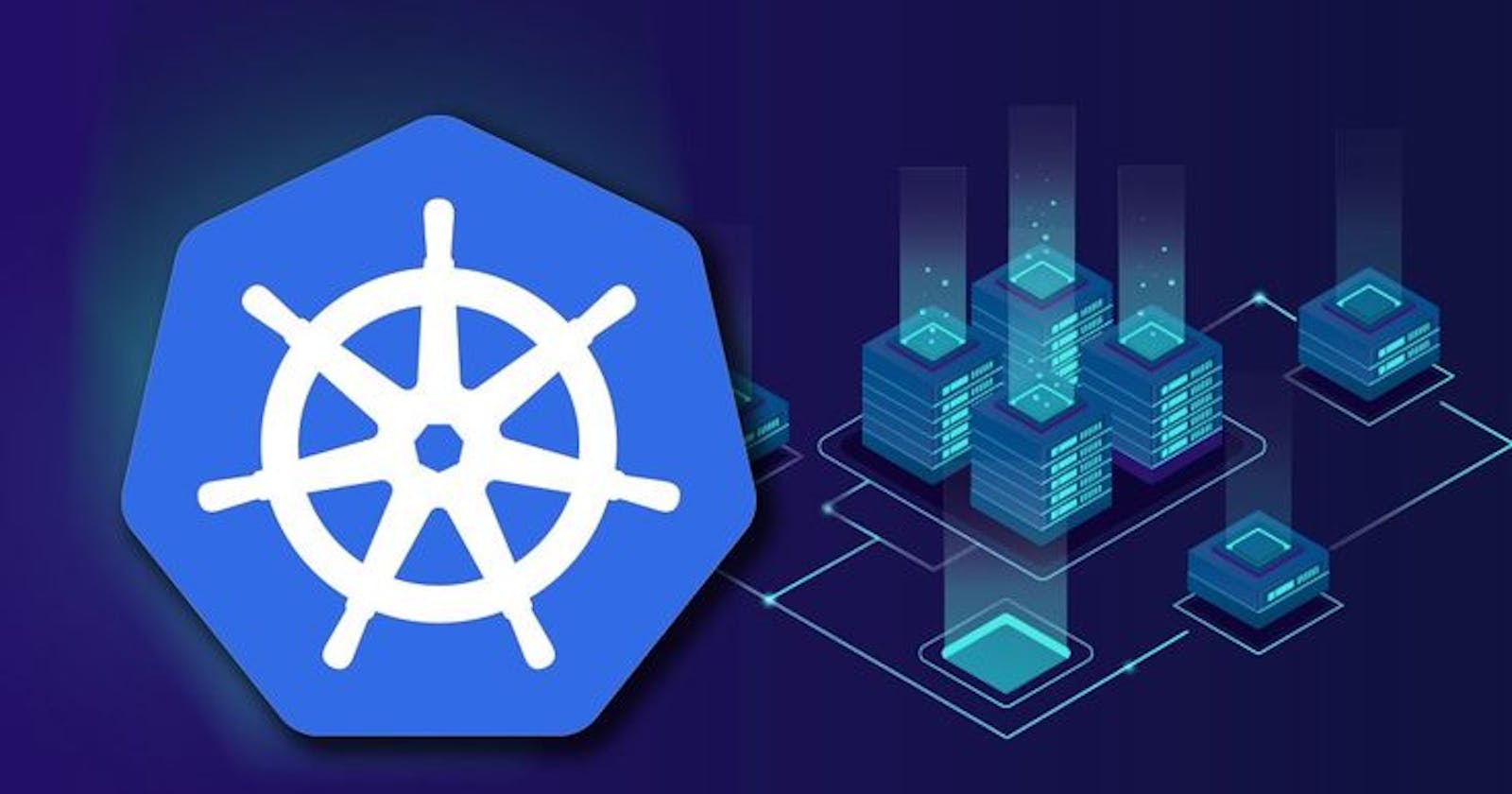Introduction :-
In the ever-evolving landscape of container orchestration, Kubernetes has emerged as the leading platform for deploying, managing and scaling containerized applications. Central to Kubernetes' functionality is its networking model, which enables seamless communication between pods, services and external resources. However, understanding Kubernetes networking can be daunting due to its complexity and various components. In this comprehensive guide, we'll unravel the intricacies of Kubernetes networking, covering everything from pod-to-pod communication to service discovery and load balancing.
Understanding Kubernetes Networking Fundamentals:-
At its core Kubernetes networking facilitates communication between pods which are the smallest deployable units in Kubernetes. Pods can be thought of as co-located groups of containers that share networking and storage resources. To enable communication between pods Kubernetes assigns each pod a unique IP address within the cluster's virtual network.
Container Networking Interface (CNI) :- The Container Networking Interface (CNI) is a specification that defines how networking is configured for container runtimes. Kubernetes leverages CNI plugins to implement networking capabilities such as IP address assignment, network isolation and traffic routing. Popular CNI plugins include Calico, Flannel, Weave Net and Cilium each offering unique features and capabilities.
Pod Networking :- In Kubernetes, each pod is assigned its own IP address allowing containers within the pod to communicate with each other over the localhost interface. Pods can communicate across nodes in the cluster using overlay networks provided by CNI plugins. Overlay networks encapsulate pod traffic in packets that traverse the underlying physical or virtual network infrastructure.
Service Networking :- While pod-to-pod communication is essential within a Kubernetes cluster, external clients need a consistent way to access services running in the cluster. Kubernetes Services provide this abstraction, allowing pods to be grouped together and accessed via a stable IP address and port. Services can expose applications internally within the cluster or externally to the internet.
Service Discovery :- Kubernetes Services enable service discovery by providing a stable DNS name for each service. Clients can discover and connect to services using their DNS names which are automatically resolved to the corresponding service IP addresses. This decouples service consumers from the underlying infrastructure, allowing for seamless application deployment and scaling.
Ingress Networking :- Ingress is an API object in Kubernetes that manages external access to services within the cluster. Ingress controllers such as Nginx Ingress Controller or Traefik, handle incoming HTTP and HTTPS traffic, routing requests to the appropriate services based on defined rules and configurations. Ingress simplifies external access management and enables features like SSL termination, path-based routing and load balancing.
Load Balancing :- Load balancing is a critical aspect of Kubernetes networking ensuring optimal distribution of traffic across pods and services. Kubernetes employs various load balancing strategies, including round-robin, least connections and IP-hash to evenly distribute traffic and maximize resource utilization. Load balancers can operate at the node level or utilize cloud provider-specific load balancing services.
Network Policies :- Network Policies in Kubernetes allow administrators to define and enforce communication rules between pods and services within the cluster. By specifying ingress and egress rules based on IP addresses, ports and protocols network policies provide fine-grained control over network traffic enhancing security and compliance in multi-tenant environments.
Persistent Storage Networking :- Stateful applications in Kubernetes often require persistent storage for data durability and availability. Kubernetes offers several options for provisioning persistent storage, including PersistentVolumes (PVs) and PersistentVolumeClaims (PVCs). PVs represent abstract storage volumes while PVCs request specific storage resources based on access mode, size and storage class.
Networking Challenges and Solutions :- Despite Kubernetes' robust networking capabilities deploying and managing networking in complex environments can pose challenges. Common issues include network congestion, packet loss, latency and security vulnerabilities. To address these challenges organizations can implement advanced networking solutions such as network overlays, quality of service (QoS) policies and network encryption.
Networking Best Practices :-
To ensure optimal performance, reliability and security in Kubernetes networking organizations should adhere to best practices :-
Use a reliable CNI plugin that meets your performance and scalability requirements.
Implement network segmentation and isolation to prevent unauthorized access to sensitive resources.
Monitor network traffic and performance metrics to identify and address potential bottlenecks and issues.
Regularly update and patch networking components to mitigate security vulnerabilities and ensure compatibility with newer Kubernetes versions.
Conclusion :-
In conclusion, Kubernetes networking is a complex yet essential component of modern containerized infrastructure. By understanding the fundamentals of pod networking, service discovery, load balancing and network policies organizations can build scalable, resilient and secure Kubernetes deployments. With careful planning, implementation of best practices and utilization of advanced networking solutions Kubernetes empowers organizations to achieve seamless communication and connectivity within their containerized environments, driving innovation and agility in the cloud-native era.
